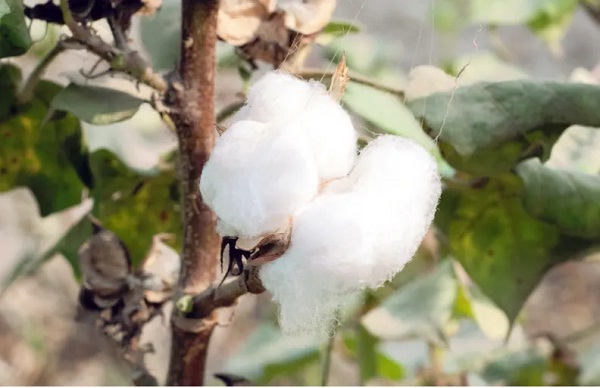
An important growth driver of its economy, Bangladesh readymade garments (RMG) industry mainly depends on import of raw materials like cotton. As per a Textile Focus report, Bangladesh imported around 8.5 million bales of cotton, worth over $3 billion in 2021.
The pandemic caused several disruptions in Bangladesh’s clothing sector. Prices of local materials went up almost 50 per cent as supplies from China did not arrive on time. Around 15 to 20 per cent raw materials and 80 to 85 per cent of knitwear sector’s dyeing chemicals and accessories are imported from China. Bangladesh imports around 40 per cent raw materials for garment accessories and packaging from China every year. However, the virus outbreak caused a severe crisis in raw material supply to the country and it led to about 40 per cent increase in prices, hampering production in several factories.
Diversify raw material sources
If Bangladesh continues to depend on cotton imports, demand and prices may fluctuate, making it impossible for the country to boost exports in the long-term. To tide over the crisis, Bangladesh needs to diversify its raw material sources in order to resist sudden supply disruptions. It needs to boost the number of MMF textile and clothing factories in the country. Currently, out of the 433 spinning mills in the country, only 27 produce man-made yarn. The yarns produced by these mills can fulfill only 20 per cent of the country’s demand. To capture the remaining 80 per cent demand, Bangladesh needs to invest in backward linking of man-made textile value chain.
Boost MMF production
A Bangladesh Garment Manufacturers and Exporters Association survey shows, MMF clothing exports are stuck at 20 per cent for many years. The country needs to diversify production to MMF textiles and clothing, opines BGMEA. In the initial months of 2022, Bangladesh import of MMF increased 45.72 per cent to 99,597 tons. According to BTMA, of the total imports, around 61,693 tons were polyester staple fiber, 32,454 tons were viscose staple fiber, and approximately 5,450 tons were Tencel and flax fiber.
To cater growing demand for fibers and yarns, local millers are either expanding or reinvesting in manmade fiber sector. Last year, millers invested Tk 600 crore for setting up 26 new mills. The Korean Corporation invested $65 million in three RMG factories and plans to invest $120 million in two other factories in Korean EPZs.
Bangladesh was unable to meet its target of $50 billion in RMG export for fiscal year 2021. In 2022, it needs to target both short and long term goals by adopting the diversification strategy.












